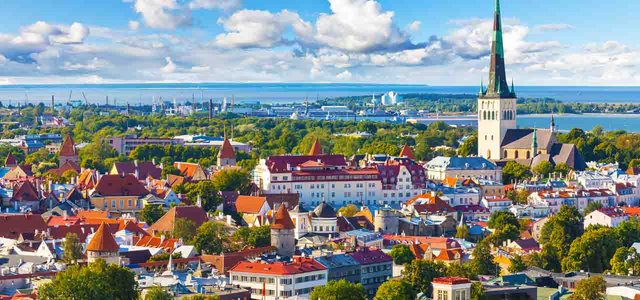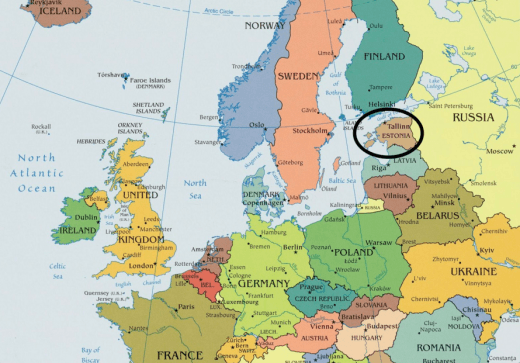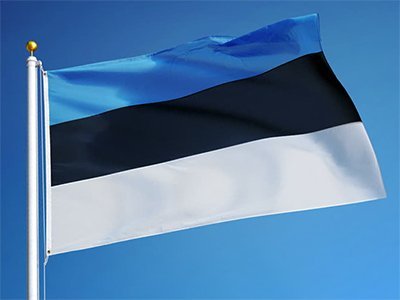What Is Life Really Like In Estonia?

In October 2016, the Baltic country of Estonia elected its first female president. but one could argue that she doesn't have much to govern. Estonia is bigger than Switzerland, with the population of 1.3 million people.
So what is life really like in Estonia?
Well, Estonia was once a Socialist Soviet Republic. However since regaining independence in 1991 the country has joined the EU, NATO, as well as the OECD, and has firmly positioned itself as politically, culturally and economically western. Estonia's free market economy is growing every year, and its government debt is among the lowest in Europe. That said, the country has a considerable income gap, with the top 20% of the population earning more than five times as much as the bottom 20%. Estonia's economy and culture is heavily based upon technology. In 2000, the country declared internet access to be a human right and has since established hundred of free wifi zones. Estonia has also fully digitized it's government services, and was the first country to allow online voting in the general election. like many other Baltic and Nordic countries, Estonia is extremely homogeneous, with nearly 70%percent of the population being ethnically Estonian. Russians are the largest ethnic minority, representing roughly a quarter of the the population. but perhaps surprisingly, Estonian culture takes little influence from Russian culture, and instead positions itself closer to its Nordic neighbors, like Finland. Finnish and Estonian people like similar cuisines, and both have a tradition of relaxing in saunas in the winter. Estonia has even pushed for an ascension into the Nordic Council, arguing that it lost the opportunity during the Soviet rule. Like its neighbors Finland and Russia, Estonia struggles with widespread alcoholism. The average Estonian drinks an estimated amount of 3 gallons of alcohol annually, and experts say somewhere between 1,500 and 2 thousand Estonians die from alcohol consumption each year. That's as lot of deaths for a country with just over a million people. in the scope of Europe, Estonia is unique in that religion is not very widespread. Although Christianity is the country's primary faith, only 28 percent of the population identify as religious. and only 16 percent of the Estonian adults say they believe in God. As a result, Estonian values tend to be less traditional. The country has the highest rate of unmarried adults in the EU in part because so many couples live together without opting for marriage, which is not as culturally important as it is other countries. Most Estonians live in urban areas. In fact nearly a third of its population live in the capital city, Tallinn. Tallinn is often called the 'Silicon Valley of Europe', as it has more startups per person than in any other country. Many of these small companies have actually grown into global companies, like Skype. The city also rolled out free public transit in 2013, and is now making a $22 million dollar annually from the project.


There is no doubt that Estonia is modern, progressive and highly developed. the country is considered high-income, and consistently ranks highly in education, press freedom, quality of life and overall human development. Barring the hash winter and relative isolation, life in Estonia doesn't sound too bad. Even though Estonia likes to think of itself as Nordic, the country is technically Baltic.